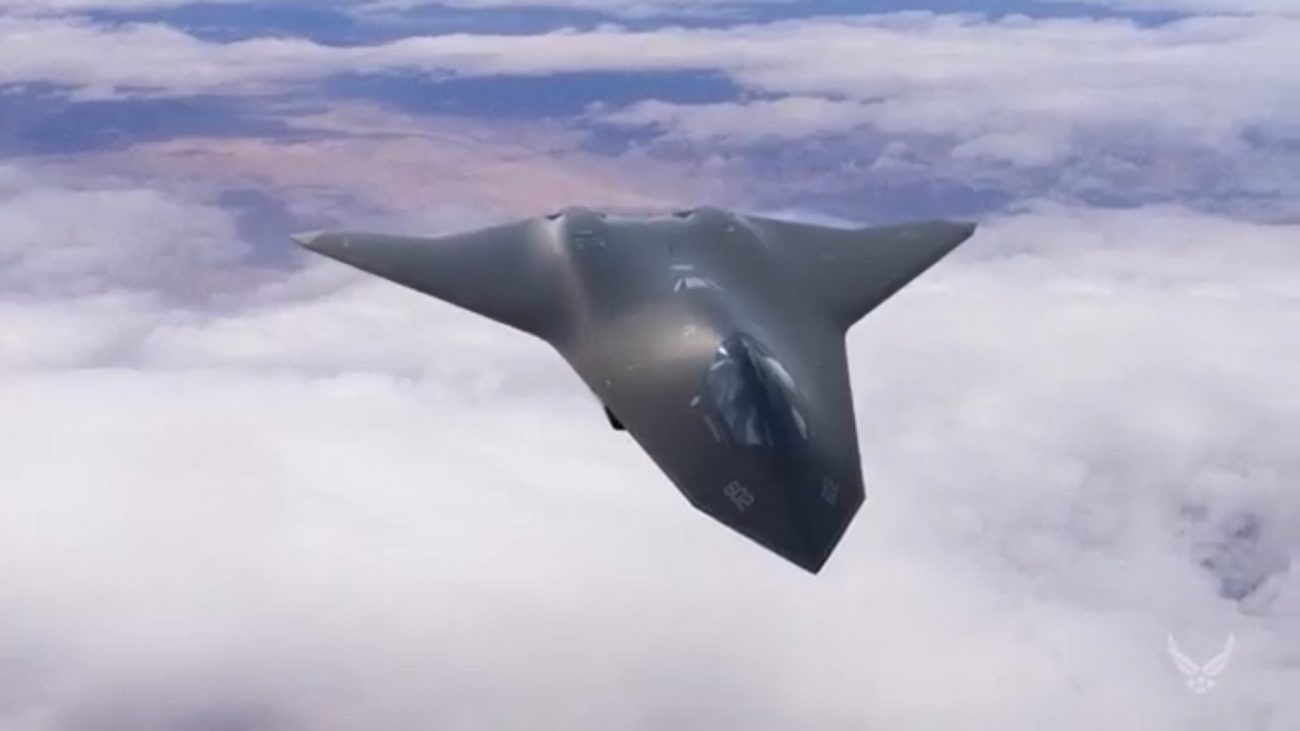When it was initially proposed, the sixth-generation fighter concept had specific defining features. With time, the well-defined concept has become nebulous and challenging to comprehend.
With 3500 Km Range, India To Strengthen & Modify Its Su-30MKI Fleet With BrahMos Supersonic Missiles
Eye On China, US Navy Rearms ‘Heavy Lifter’ Destroyer With Anti-Ship Missiles For War In Western Pacific
The initial idea was derived from advances in traditional fighter aircraft technologies – materials, electronics, and engines. Rapid strides in software algorithms for machine learning and AI-based decision-making were not adequately factored into the concept.
The goalposts laying down how sixth-gen fighters must score continuously shift.
Sixth-Generation – Defining Capabilities
Initially, the capabilities defining sixth-generation fighters included:
-
Optional Manning depending on the nature of the mission
-
Broad Spectrum Stealth
-
Next-Generation Power Plants
-
Directed Energy Weapons
-
Unified electronic warfare system
Optional Manning
Optional Manning would allow the aircraft to fly missions in highly contested airspace without fear of loss of life. Missions such as suppression of enemy air defenses (SEAD) and attacks on high-value surface targets entail high risks even for stealth fighters because Low Observability (LO) is never absolute.
Broad Spectrum Stealth
Unlike fifth-gen fighters, which are only invisible to centimetric wave radars, sixth-gen fighters would be invisible even to metric and decimetric wave radars such as Russia’s Nebo M.
Next-Generation Engines
Next-generation turbine-based power plants will feature enhanced electrical power generation capacity to power sensors, communications systems, directed energy weapons, actuation systems, accessories, and avionics.
Directed Energy Weapons
Next-generation fighters will feature powerful lasers to burn the seeker of air defense (AD) or air-to-air missiles. Conceivably, they could be powerful enough to attack fragile ground targets.
Unified Electronic Warfare System
A Unified Electronic Warfare System (UEWS) will serve as radar, electronic warfare, data transmission, and communications equipment. It will also function as a navigation system and IFF transponder.
Scope Creep
Even as technology was maturing for the sixth-gen concept, additional capabilities were added to the concept because of rapid technological advances, including drones. These included”
-
Control Centre Operations
-
Inflight Software Updates
-
Radio Photonic Radar
-
Multispectral Optical System
Control Centre Operations
Next-gen fighters would be able to function as a command center for drones, including attack drones, when performing joint operations.

Inflight Software Updates
The feature will allow upgrades of software that controls the hardware. Advances in software architecture now facilitate updates that don’t interfere with fighters’ ability to fly; you can remove software bugs or unlock new capabilities while the fighter is on a mission!
Radio Photonic Radar
They use pulsating lasers instead of radio crystals to generate and process near-perfect sine wave transmissions and reflections. As a result, they can use smaller antennas to transmit wide-band UHF signals that defy RF LO shaping.
The returned signal can be processed to an extent where it produces a 3D image of the target, not unlike an optical image.
Multispectral Optical System
Multi-spectral optical systems operating in various ranges – the laser, infrared, ultraviolet, and optical band – will supplement the radio-photonic radar.
Computing & AI Advances
Meanwhile, increase in onboard computer capabilities, governed by Moore’s law, and advances in artificial intelligence opened up the possibility of outsourcing many of the abilities of a sixth-gen fighter to inexpensive, attritable drones either directly controlled by the sixth-generation fighter or controlled through a larger behind the scenes mothership aircraft.
The US is pursuing the concept of a sixth-gen fighter operating with drones using a system-of-systems approach now referred to as Next Generation Air Dominance (NGAD).
Next Generation Air Dominance (NGAD)
The Next Generation Air Dominance (NGAD) envisions fielding a Family of systems (FoS) centered around a new sixth-generation fighter aircraft to be fielded in the 2030s – the F-X or Penetrating Counter Air (PCA) in the case of the USAF and the FA-XX in the case of the USN.
No one is quite sure what capabilities would be retained in the sixth-generation fighter and what outsourced to supporting specialized drones, now referred to as CCA (Cooperative Combat Aircraft)
Collaborative Combat Aircraft (CCA)
The CCA concept is driven by the need to team a pilot with drones easily.
Current generation drones serve as eyes and ears or as guided weapons. They have to be piloted from the ground. Because of their autonomy, CCAs can execute directions given by a pilot just as a formation pilot executes directions given by the formation lead.
CCAs will provide capabilities such as magazine depth (weapon truck), battlespace surveillance, and communication relay.
In surveillance roles, the CCAs will not simply relay their sensor data and overwhelm man-in-the-loop operators. They will use AI to relay assessments and, if necessary, take action on their own accord or in concert with the rest of the force.
Program Status
The capabilities of the 6th gen fighter that will be a part of the NGAD are yet to be firmed up. The US Defense Department has yet to decide if the critical technologies used in the (NGAD) fighter aircraft were mature enough to support entry into the engineering and manufacturing development (EMD) phase of the NGAD program’s acquisition timeline.
CCAs are even more distant into the future. The challenges include maximizing functionality while retaining attritability and integrating them into operational units.
It’s interesting to note that the NGAD concept is not tied to a sixth-generation fighter. Fifth and even 4.5-generation fighters could be adapted to NGAD.
- Vijainder K Thakur is a retired IAF Jaguar pilot. He is also an author, software architect, entrepreneur, and military analyst.
- Reach out to the author at vkthakur (at) gmail.com
- Follow EurAsian Times on Google News